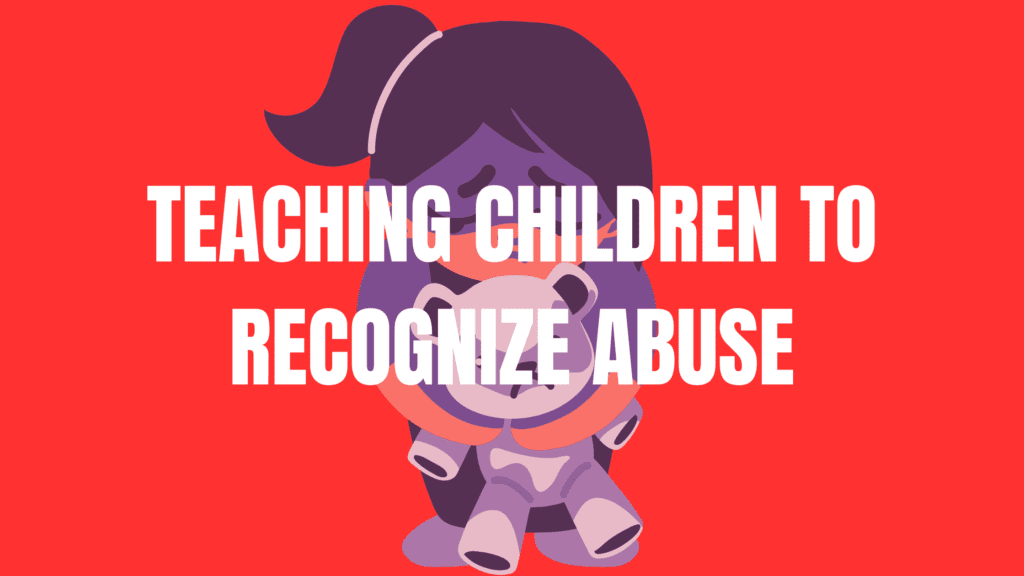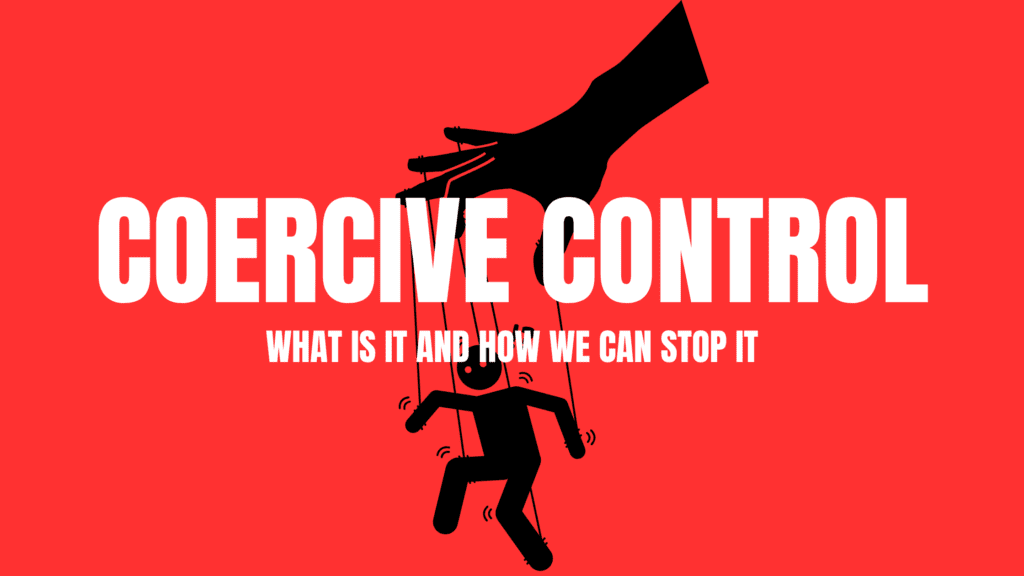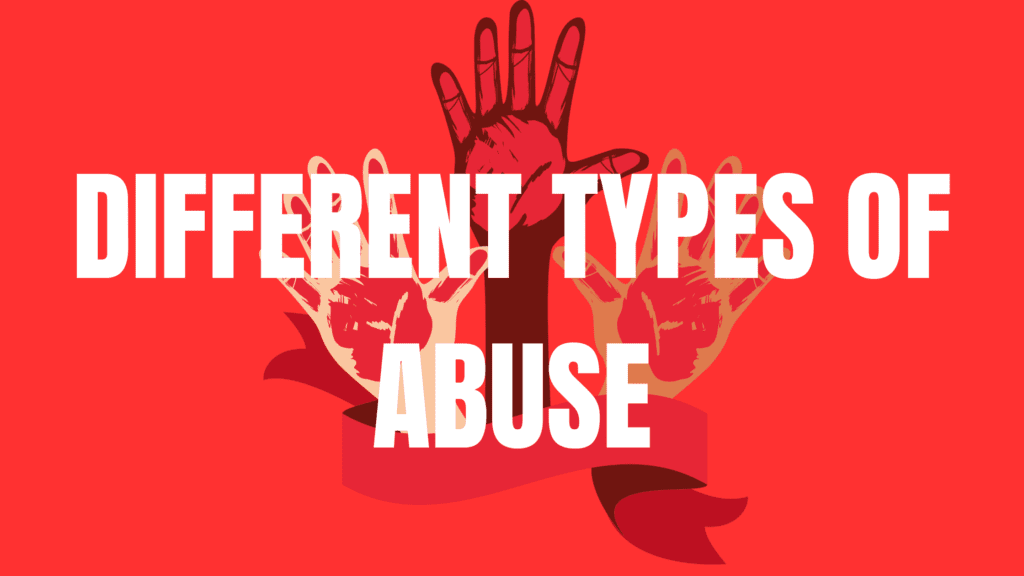As parents, caregivers, and educators, one of the most important responsibilities we have is to ensure the safety and well-being of children. Abuse, whether physical, emotional, sexual, or neglect, can have devastating effects on a child’s life. It’s crucial to teach children how to recognize the signs of abuse early on so they can speak out and seek help when needed. In this blog, we’ll explore how to educate children about recognizing abuse, why it’s essential, and the best ways to approach this sensitive subject.
Why Is It Important to Teach Children About Abuse?
Abuse can happen in many forms, and unfortunately, children are often the most vulnerable. It’s not always easy for them to recognize abusive behavior, especially when it comes from someone they trust. Teaching children about abuse empowers them to understand their rights, set healthy boundaries, and speak out when something feels wrong.
By educating children on the signs of abuse, we not only equip them with the knowledge to protect themselves but also break down the stigma surrounding these topics. Many children feel shame or fear about reporting abuse, which is why early education is vital. The earlier children understand that they are allowed to say “no” and seek help when needed, the safer they will be.
Types of Abuse Children Should Recognize
To have a comprehensive understanding, it’s important to address all types of abuse that children might encounter. Here’s an overview of the main categories:
1. Physical Abuse
Physical abuse involves causing physical harm to a child. This can include hitting, slapping, burning, or other forms of violence. It’s important to teach children that no one has the right to hurt their bodies intentionally.
2. Emotional or Psychological Abuse
Emotional abuse can be harder to recognize because it doesn’t leave visible scars. It includes behaviors such as constant criticism, belittling, threats, isolation, or manipulation. Children need to understand that being treated in a way that makes them feel worthless or afraid is not okay.
3. Sexual Abuse
Sexual abuse involves any inappropriate sexual contact or behavior with a child. This includes touching, exposing the child to pornography, or engaging in any sexual activity. Children need to understand what’s appropriate in terms of their bodies and boundaries, and that no one, not even family members, should touch them in ways that make them uncomfortable.
4. Neglect
Neglect occurs when a child’s basic needs, such as food, shelter, clothing, education, and emotional support, are not met. It’s crucial for children to know that they have the right to be cared for and loved, and that neglect is not acceptable.
5. Bullying
While not always considered traditional abuse, bullying can have similar emotional and psychological effects. Whether it’s physical, verbal, or online, bullying can leave lasting scars. Teaching children how to recognize bullying behavior and how to report it is essential.
How to Teach Children to Recognize Abuse
Talking to children about abuse can be uncomfortable, but it’s necessary. Here’s how to approach the conversation in an age-appropriate and effective way:
1. Use Simple, Age-Appropriate Language
For younger children, use simple language they can understand. Use examples they can relate to, such as, “If someone hurts you or touches you in a way that feels wrong, you can say no and tell a trusted adult.” As they grow older, you can use more detailed descriptions, including what healthy relationships look like and what’s considered inappropriate behavior.
2. Teach Body Autonomy
Children should understand that their bodies are their own and that they have the right to say no to unwanted touch. Encourage them to speak up if they feel uncomfortable and teach them the proper names for their body parts. This helps children communicate more effectively and confidently.
3. Explain Trusted Adults
Teach children who to turn to if they ever feel unsafe or uncomfortable. Explain the concept of trusted adults, people they can talk to if something happens. Trusted adults can include parents, teachers, school counselors, or other relatives. Reinforce that it’s okay to talk to any of these individuals if they feel uncomfortable, confused, or scared.
4. Discuss Safe vs. Unsafe Touch
Help children understand the difference between safe and unsafe touch. Explain that some touches are normal, like hugs from parents or holding hands with a friend, while others are inappropriate, such as touches that make them feel uneasy. Reiterate that it’s okay to say no to any touch they don’t like or understand.
5. Teach the Signs of Emotional Abuse
Children should be able to recognize when they are being treated unfairly or hurt emotionally. Explain that being called names, being made to feel worthless, or being ignored are all forms of emotional abuse. Emphasize that no one should make them feel bad about themselves.
6. Role-Playing
One effective way to teach children about abuse is through role-playing. This helps them practice what they would do if they encountered an abusive situation. For example, you can simulate a scenario where someone asks them to keep a secret or touch them inappropriately, and then practice saying “no” and telling a trusted adult.
7. Open Communication
Foster an environment where children feel safe discussing anything on their minds. Let them know that they can always come to you with questions or concerns. Be open, patient, and non-judgmental when they share their thoughts or experiences with you.
8. Teach About Online Safety
In today’s digital age, online abuse is also a major concern. Teach children how to stay safe online, including not sharing personal information, recognizing inappropriate messages, and knowing what to do if they encounter cyberbullying or online predators.
Encouraging a Culture of Consent and Respect
As children grow older, it’s essential to teach them about consent and respect in all relationships. Whether it’s with peers, family, or others, children should learn that mutual respect and consent are the foundation of any healthy relationship. Teach them that they have the right to say no, set boundaries, and expect respect from others, and that these principles apply in all areas of their lives.
Supporting Children Who Have Experienced Abuse
If a child discloses that they have experienced abuse, it’s crucial to remain calm, listen carefully, and take them seriously. Assure them that it’s not their fault and that they are safe now. Reporting the abuse to the proper authorities is important for their protection. Encourage the child to seek professional support, such as counseling, to help them process their feelings and begin to heal.
Conclusion
Teaching children to recognize abuse is an essential part of keeping them safe and empowered. By providing them with the knowledge of what abuse looks like and how to seek help, we are helping them create a world where they feel secure, confident, and supported. Whether it’s physical, emotional, sexual abuse, or neglect, children deserve to grow up in an environment where they feel safe and valued. Open communication, education, and support are the key to making that a reality.



